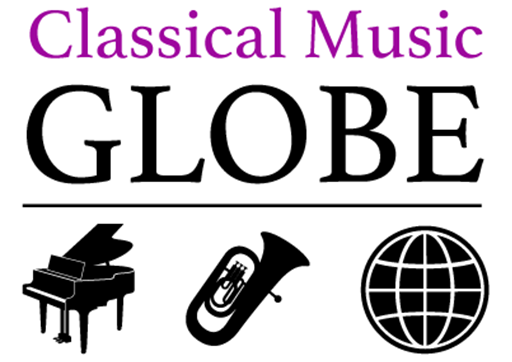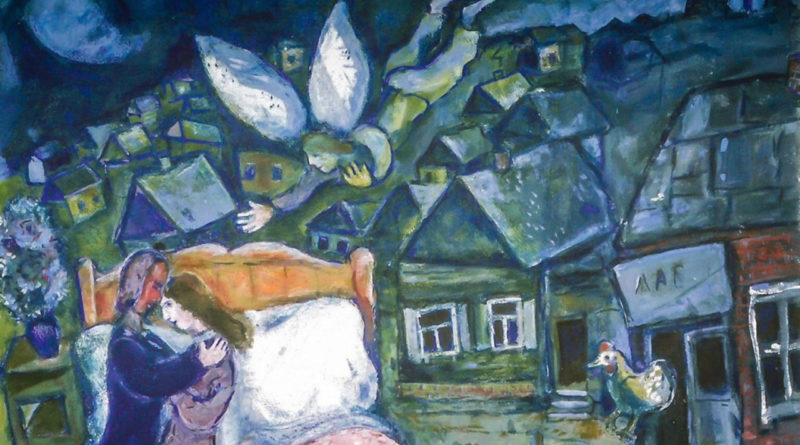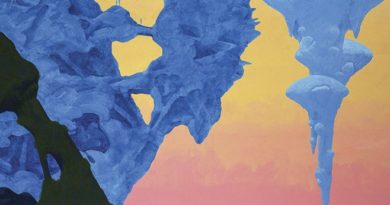The Strange, Fruitful Friendship of Jon Anderson and Marc Chagall
When the prog rock icon of Yes met the visionary Russian expressionist

What do Jon Anderson and Marc Chagall have in common? Both the visionary painter and the prog pioneer are famous for crafting vivid dreamscapes that offer enticing alternatives to our own prosaic plane, but it turns out the Russian Expressionist and the Yes frontman actually had a unique friendship that inspired an unreleased Anderson project and unearthed some shocking stories.
A Rolling Stone was responsible for the two dreamers’ meeting. Anderson, Chagall, and Bill Wyman were all living in the South of France in 1977 when the Stones bass man, also an art aficionado, invited Anderson to Chagall’s 90th birthday celebration. The Yes singer confesses he was unaware of much of the birthday boy’s backstory. “I really didn’t know much about his work,” Anderson says, “and when you meet somebody like that you start discovering — along with his paintings he did stained glass; the scenery that he did for Magic Flute by Mozart at the Met is incredible; he did designs for clothing [stage costumes]… he was very into theater.”
Chagall and Anderson apparently discovered a sense of simpatico, and a friendship soon developed. “I lived about a mile away from him,” remembers Anderson, “so I’d go to his house every weekend. And I’d see him painting, and I would sit down with him and I would talk with him and his lovely wife Vava in a sort of Pidgin English combined with Russian.”

The more Anderson learned about Chagall’s life and work, the more he became inspired to tell his own version of the artist’s story. “I started writing songs about his life,” Anderson relates, “and I would go to his house and play the guitar and sing to him. I just spent some time creating a musical… for the stage or video or whatever. It’s a storytelling thing, [describing] what he went through – he escaped from Russia, he escaped from [German occupied] France….”
One of the stories Chagall revealed to his rock star friend radically rewrites musical history as we know it. On May 29, 1913, Igor Stravinsky’s now-revered Rite of Spring, written for dancer and choreographer Vaslav Nijinsky’s company Ballets Russes, was premiered at Paris’s Theatre des Champs-Elysees. Stravinsky’s work was so radical for the time that it famously incited a riot in the audience, or so history has told it. The conflagration quickly made Stravinsky notorious, cementing his reputation as a symphonic enfant terrible, and the story became a staple of classical music lore. But Chagall confided to Anderson that there was another side to the often-told tale.
“He was there,” explains Anderson, “and he knew the real story. Not many people do. But [Sergei] Diaghilev, who was the manager of Ballets Russes, was having a hard time selling tickets to what was then a composer nobody knew, Stravinsky, and it was Nijinsky’s first ballet. And the reviews of people when they had seen the rehearsals got around Paris that it was ‘strange.’ So Diaghilev — this is what Chagall told me — Diaghilev got some men to create a riot. And that’s what happened… he got these people to shout abuse at the stage and cause a fracas. [Stravinsky] became such a celebrity the next day, it was all in the papers everywhere: ‘Oh, a riot at the Champs Elysees Theater,’ and people wanted to go see what it was, so he started selling out; he did good business.”*
With stories like these to dine out on, it’s no wonder Chagall fascinated Anderson. As a key figure on the art world’s cutting edge at the time, the painter lived a magical life. “He said he was sitting next to Debussy when he saw [the performance], that’s the kind of world that he lived in,” marvels Anderson, “especially at that time in Paris. All these great people — he knew Picasso as well. There’s one song in the musical about him and Picasso, it’s staged more like Laurel and Hardy or Charlie Chaplin or something like that, it’s like an old movie from that time.”
Chagall passed away in 1985 at the age of 97, but his spirit continued to resonate with Anderson, who kept on pursuing his ode to the painter. “I finished it in the middle of the ’80s,” Anderson says, “and it’s just been sitting there on the vine, getting better with age.” The demos he recorded ended up being bootlegged, but the work has yet to see the light of day in any official way. Anderson remains optimistic about its possibilities, though. “It’s an ongoing project,” he enthuses, “and I’m meeting with people all the time at this point in my life that are coming into my world that are very interested. I’m very excited that over the next year or two it’s gonna happen.” Meanwhile, Anderson’s first solo album in nearly a decade, 1000 Hands, is out now.
*Bringing things full circle, for years Yes used part of Stravinsky’s Firebird Suite as their entrance music at concerts, starting long before Anderson met Chagall.
VIDEO: Jon Anderson – 1000 Hands: Chapter One




